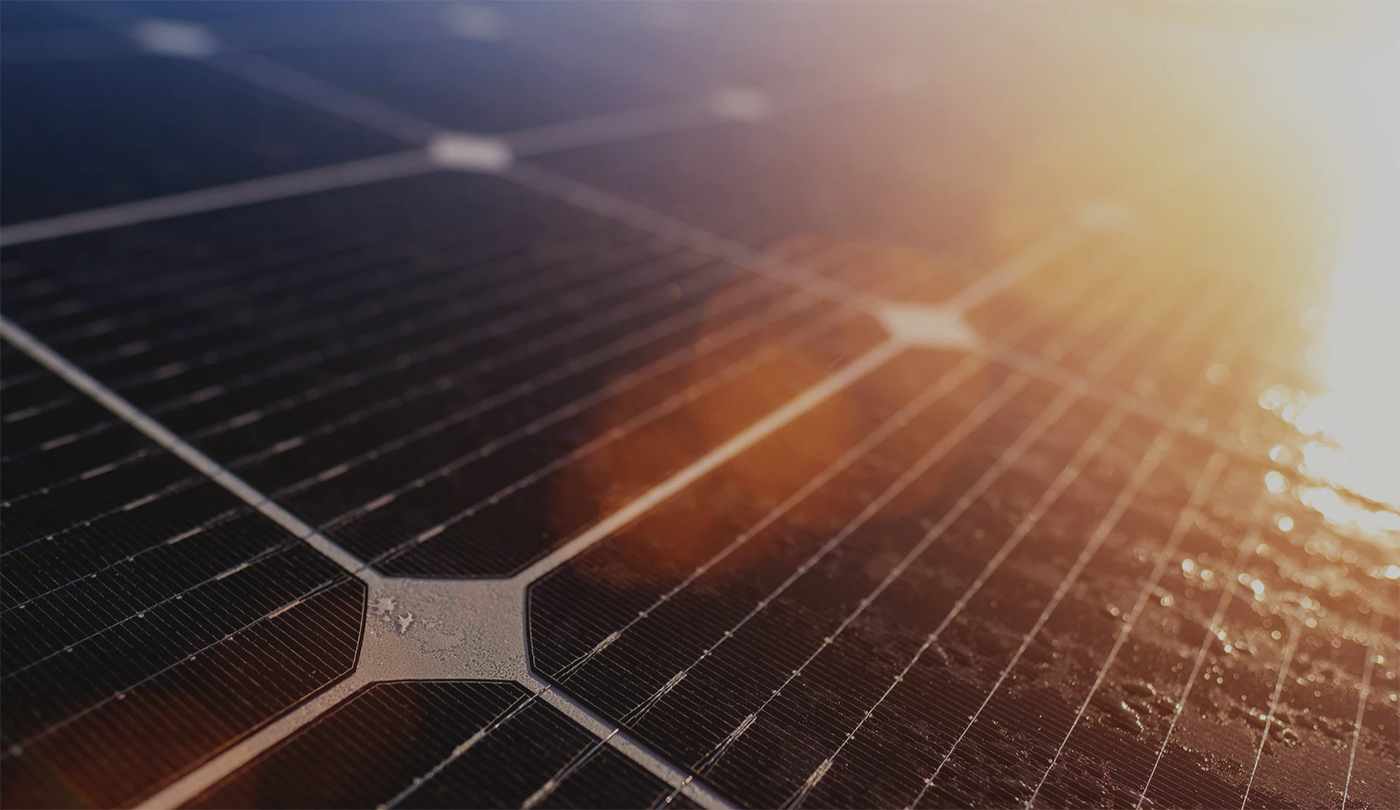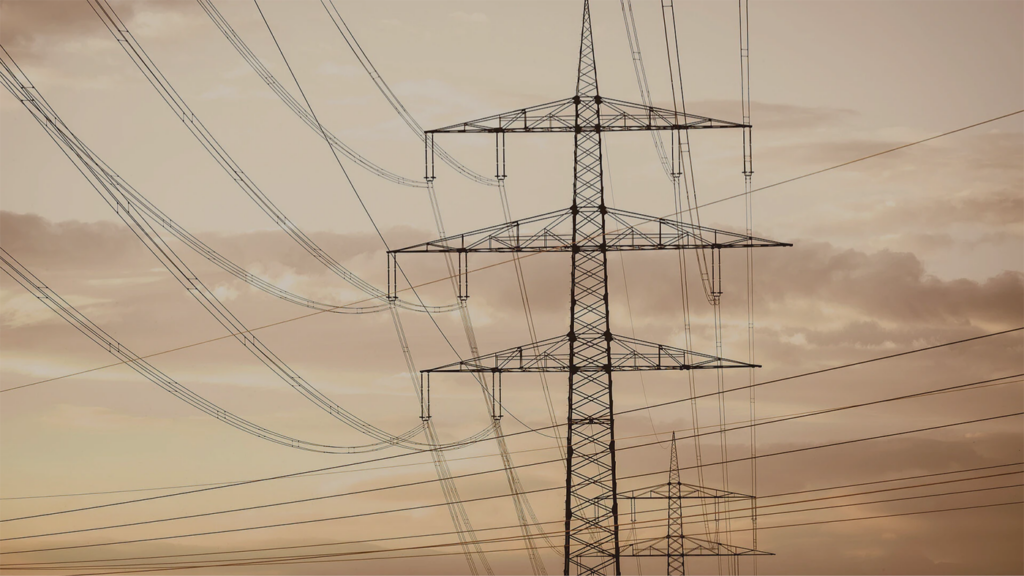Smart Energy Systems and BEMS: The Foundation of Efficient Buildings
- Topics :
- Energy
Microgrid Energy Parks: The Future of Distributed Clean Energy
Published August 4, 2025

The accelerating push toward a net-zero economy has catalyzed a wave of innovation in how we generate, distribute, and consume electricity. Among the most promising developments is the emergence of Microgrid Energy Parks, strategically designed clusters of clean energy technologies that operate either in parallel with or independently from the central grid. These parks represent a scalable and resilient model for regional decarbonization, especially in light of increasing weather extremes, grid instability, and the growing demand for localized clean power solutions.

The Concept of Microgrid Energy Parks
Microgrid Energy Parks combine diverse generation and storage technologies, typically solar photovoltaics, wind turbines, battery energy storage systems (BESS), hydrogen production units, and sometimes thermal or backup fossil assets, within a defined geographic area. Unlike regular microgrids, which may serve a single campus or facility with limited technologies, energy parks are designed to incorporate a broader mix of resources and serve larger, more complex load profiles, such as industrial clusters or entire districts.
Energy parks leverage the complementary strengths of multiple resources. For example, solar may peak during the day while wind continues into the night, and hydrogen systems provide long-duration storage or ancillary services. According to the Clean Air Task Force (CATF) report, one of the primary advantages of such configurations is their ability to optimize grid utilization by co-locating energy assets with high-demand industrial or commercial zones, reducing transmission losses and enabling greater flexibility in dispatch.
These parks are generally designed with modularity in mind, allowing them to scale from a few megawatts to several hundred, depending on local demand and land availability. Importantly, Microgrid Energy Parks can operate in islanded mode during emergencies, supporting critical infrastructure, or grid-connected mode to support broader electricity networks during peak loads or outages. This dual functionality makes them particularly attractive for regions seeking to build climate resilience alongside decarbonization.
Strategic Benefits and Use Cases
Energy parks serve a wide array of strategic objectives:
- Resilience: By decentralizing generation and enabling autonomous operation, energy parks reduce vulnerability to grid failures. This is especially critical for hospitals, data centers, and military installations.
- Decarbonization: Energy parks help industrial and commercial consumers directly reduce Scope 2 emissions by sourcing power from clean, on-site resources.
- Efficiency: With generation and load co-located, these systems minimize transmission congestion and losses, improving overall system efficiency.
Common applications include industrial manufacturing hubs, university campuses, military bases, transportation depots, and community-scale developments. These sites benefit not only from clean and reliable power but also from potential cost savings through peak shaving, demand response participation, and access to energy markets.

Challenges in Deployment
Despite their potential, Microgrid Energy Parks face a range of deployment hurdles:
- Land Use: Siting multi-resource parks requires substantial space and must account for zoning laws, community acceptance, and environmental impact assessments.
- Interconnection Complexity: Integrating with existing grid infrastructure can be time-consuming, especially when multiple assets and inverters are involved.
- Financing Models: These projects often require blended finance solutions, combining public subsidies, private capital, and utility involvement.
- Policy Uncertainty: Variability in permitting, incentive structures, and regulatory frameworks across states or countries can create uncertainty for developers.
The CATF emphasizes the importance of coordinated planning between utilities, regional transmission organizations (RTOs), and state-level policymakers to overcome these barriers. Aligning infrastructure investments and streamlining regulatory approval processes will be crucial for broader adoption.
Case Studies and Global Momentum
Several regions have begun to implement variations of Microgrid Energy Parks:
- Germany has developed multiple hybrid renewable parks that integrate solar, wind, and battery storage, often coupled with local industrial load centers.
- Saudi Arabia’s NEOM project aims to be fully powered by renewable energy, utilizing energy park principles to produce green hydrogen for export.
- Japan, post-Fukushima, has heavily invested in smart energy parks that combine distributed renewables with automated grid control systems for disaster resilience.
In the U.S., military bases like Fort Carson and commercial campuses such as Google’s facilities in California have developed sophisticated microgrids resembling energy parks. These are often enhanced by digital tools such as AI-powered load forecasting, real-time energy trading, and cybersecurity systems that ensure seamless operation and data integrity.
Path Forward
Microgrid Energy Parks represent a compelling solution to some of the most pressing energy challenges of our time, namely, how to provide clean, reliable, and affordable power in a decentralized world. They offer the flexibility to adapt to local conditions, support high levels of renewable integration, and improve energy security.
As climate risks escalate and energy systems evolve, energy parks could become a foundational element of 21st-century infrastructure. Stakeholders, including policymakers, utilities, developers, and investors, must collaborate to create the regulatory and financial conditions that enable widespread deployment. With the right support, Microgrid Energy Parks can be both a symbol and a tool of the clean energy future.
Reference:









